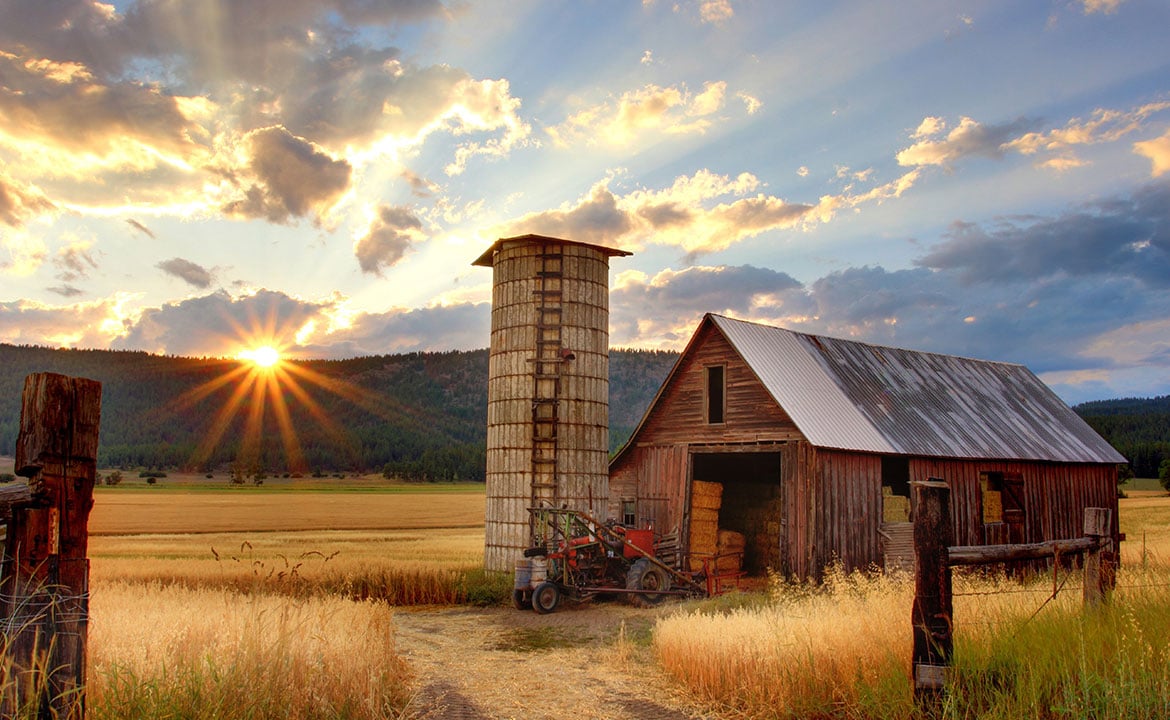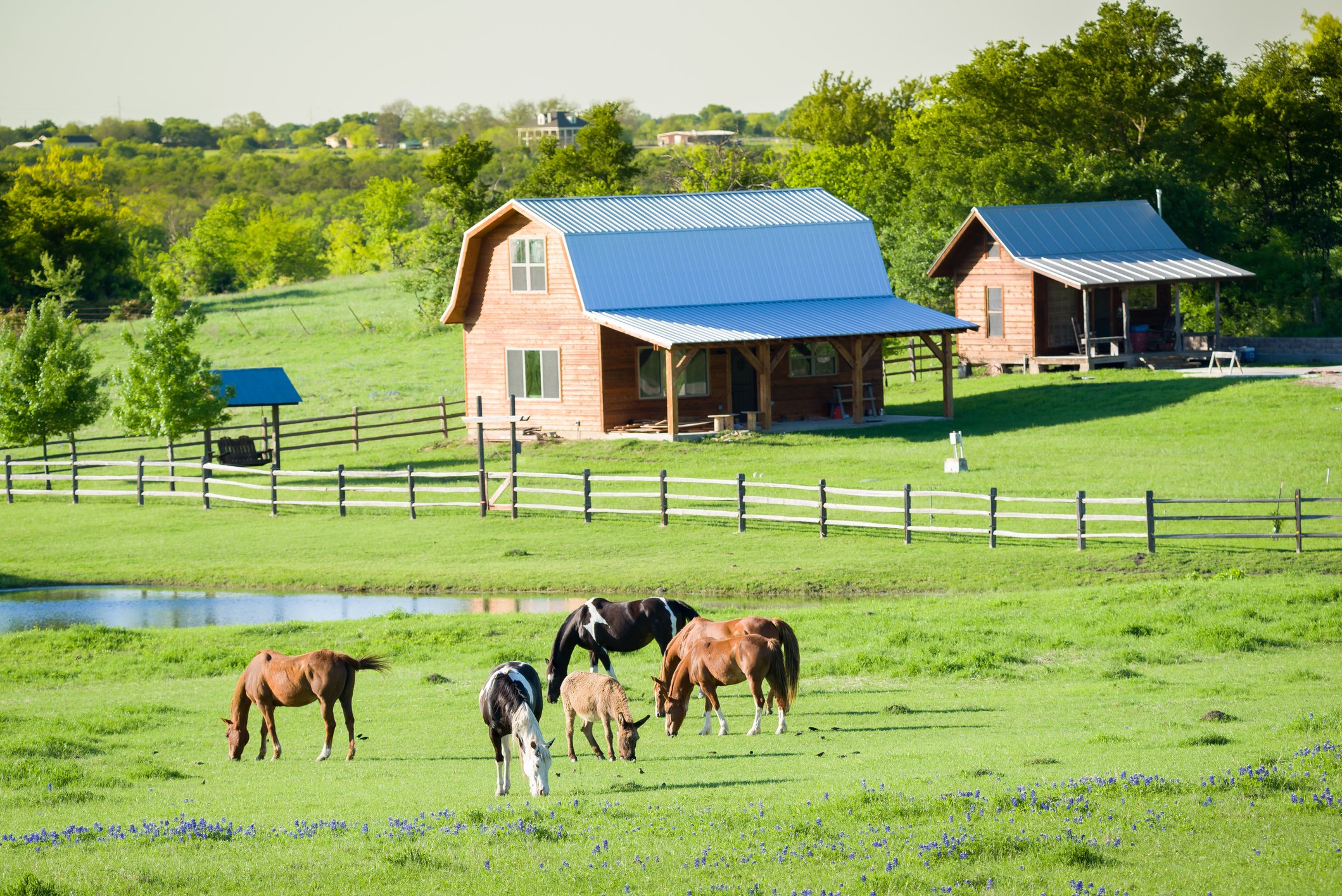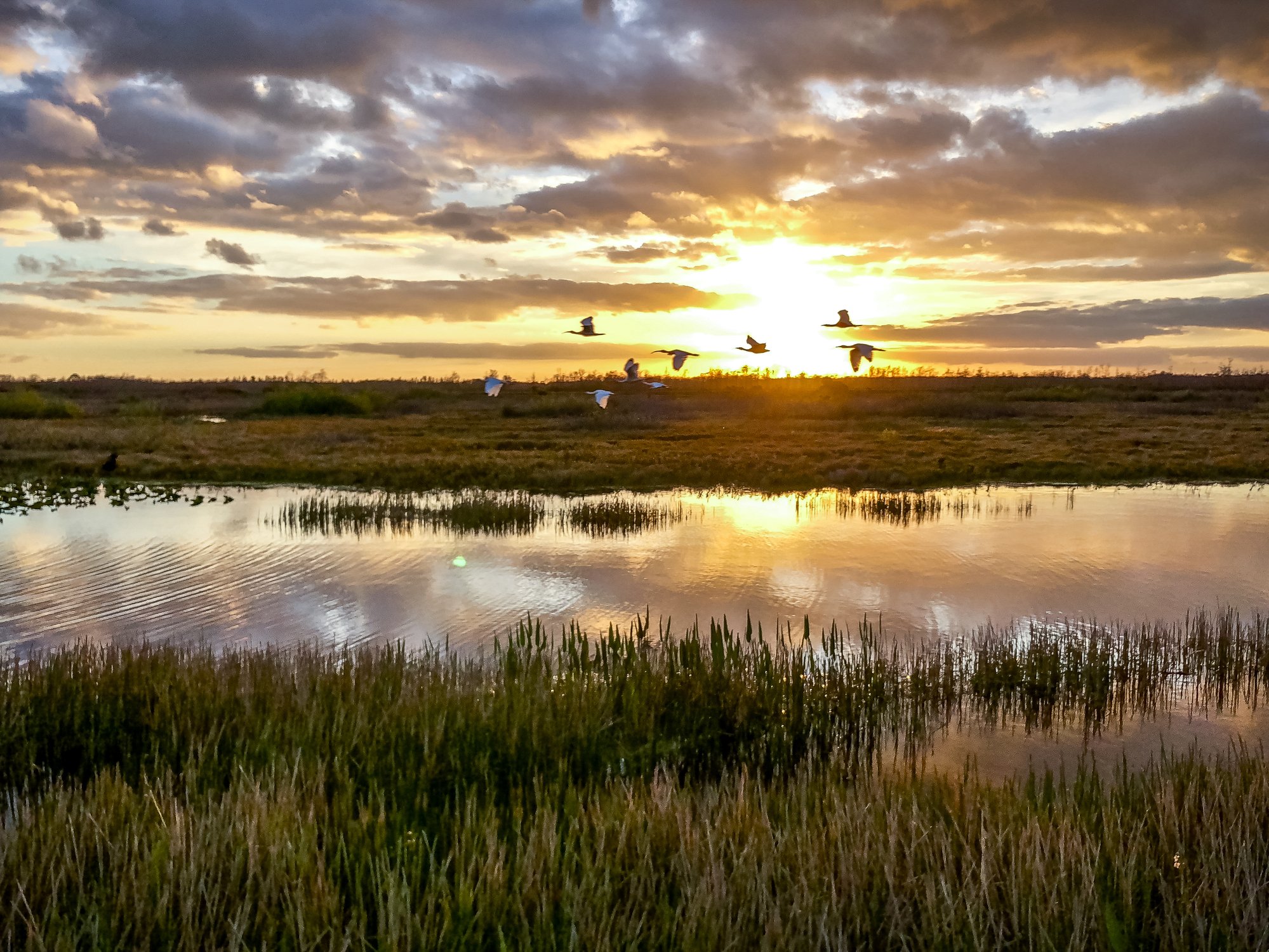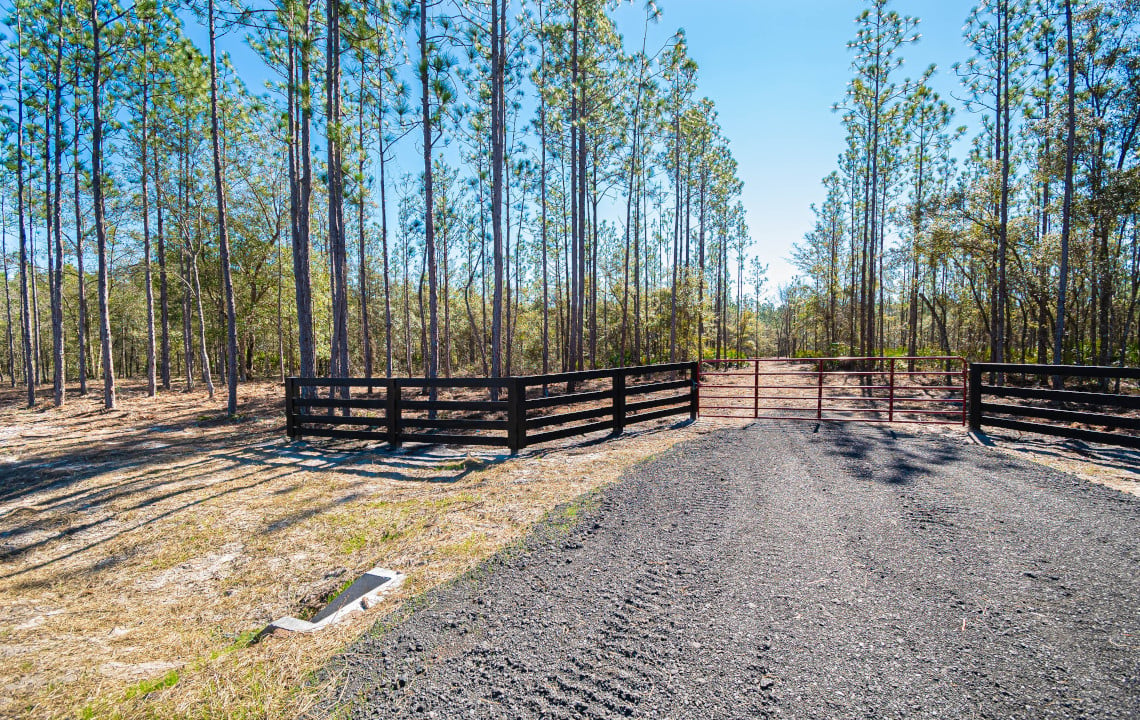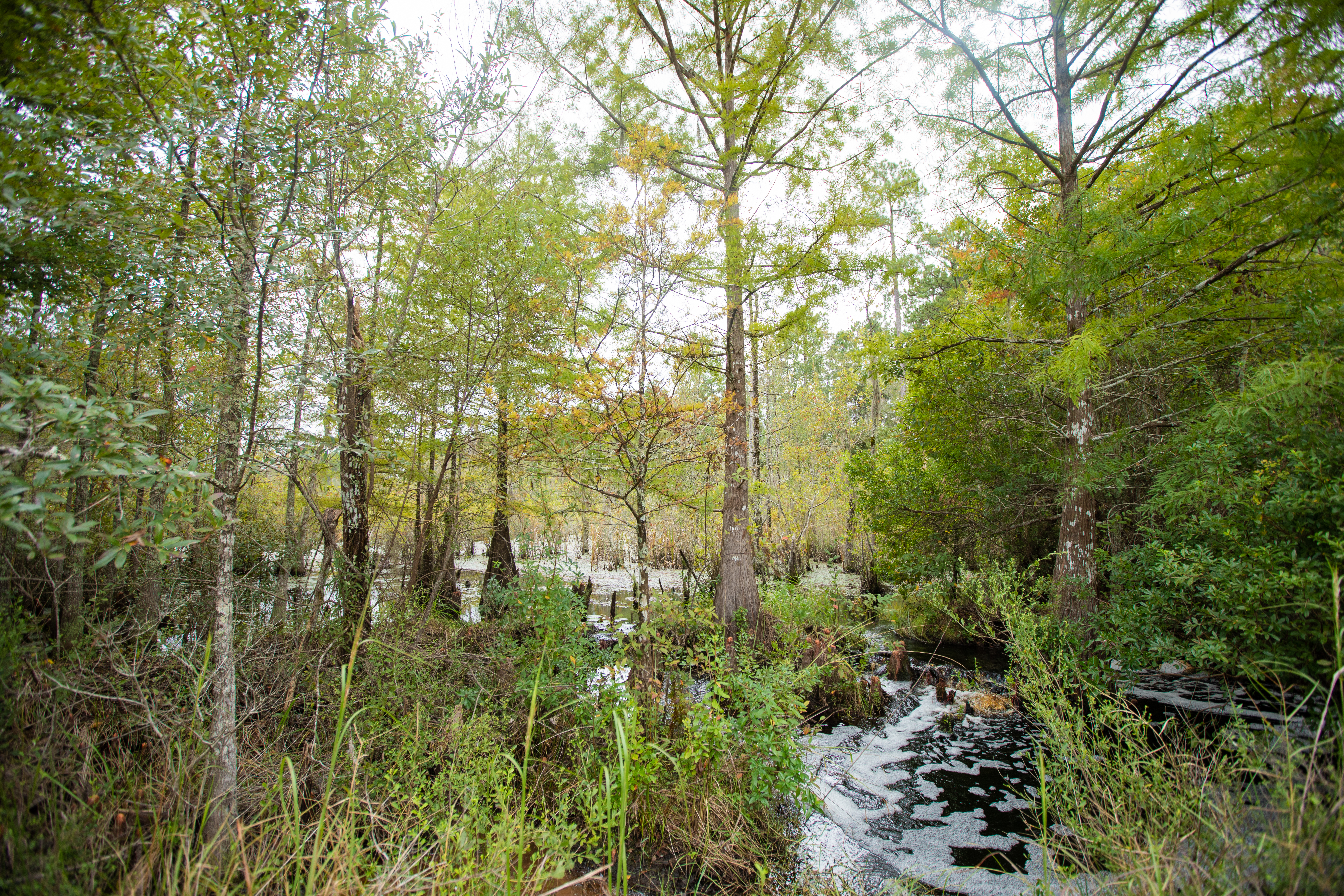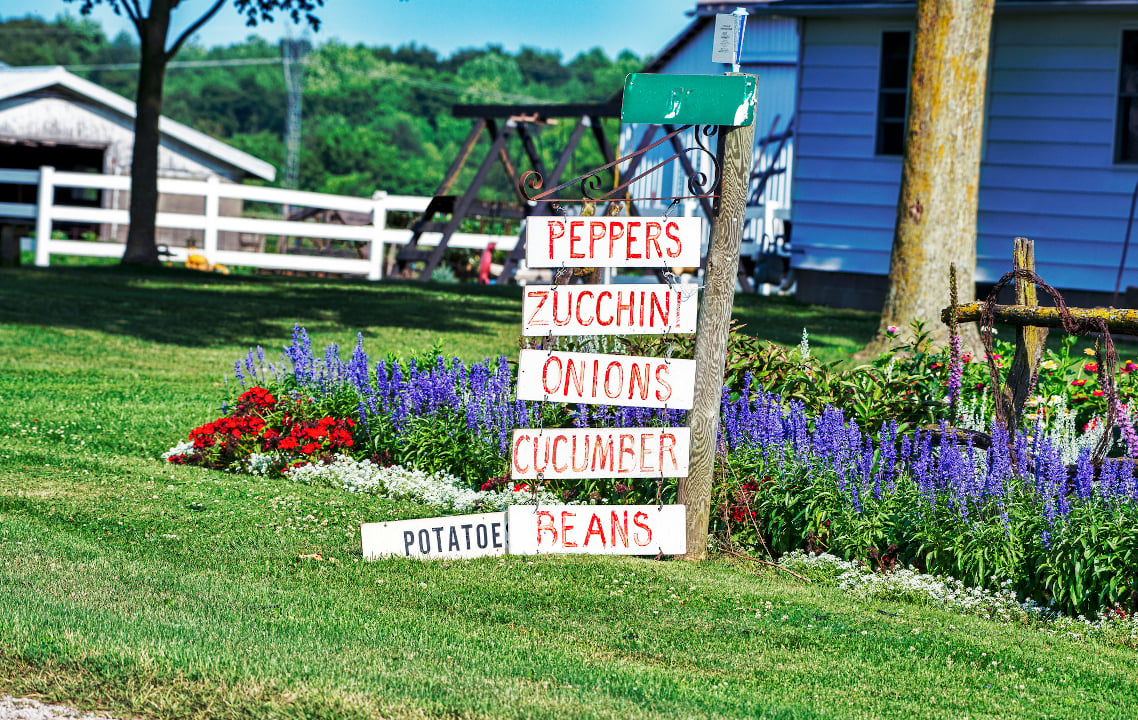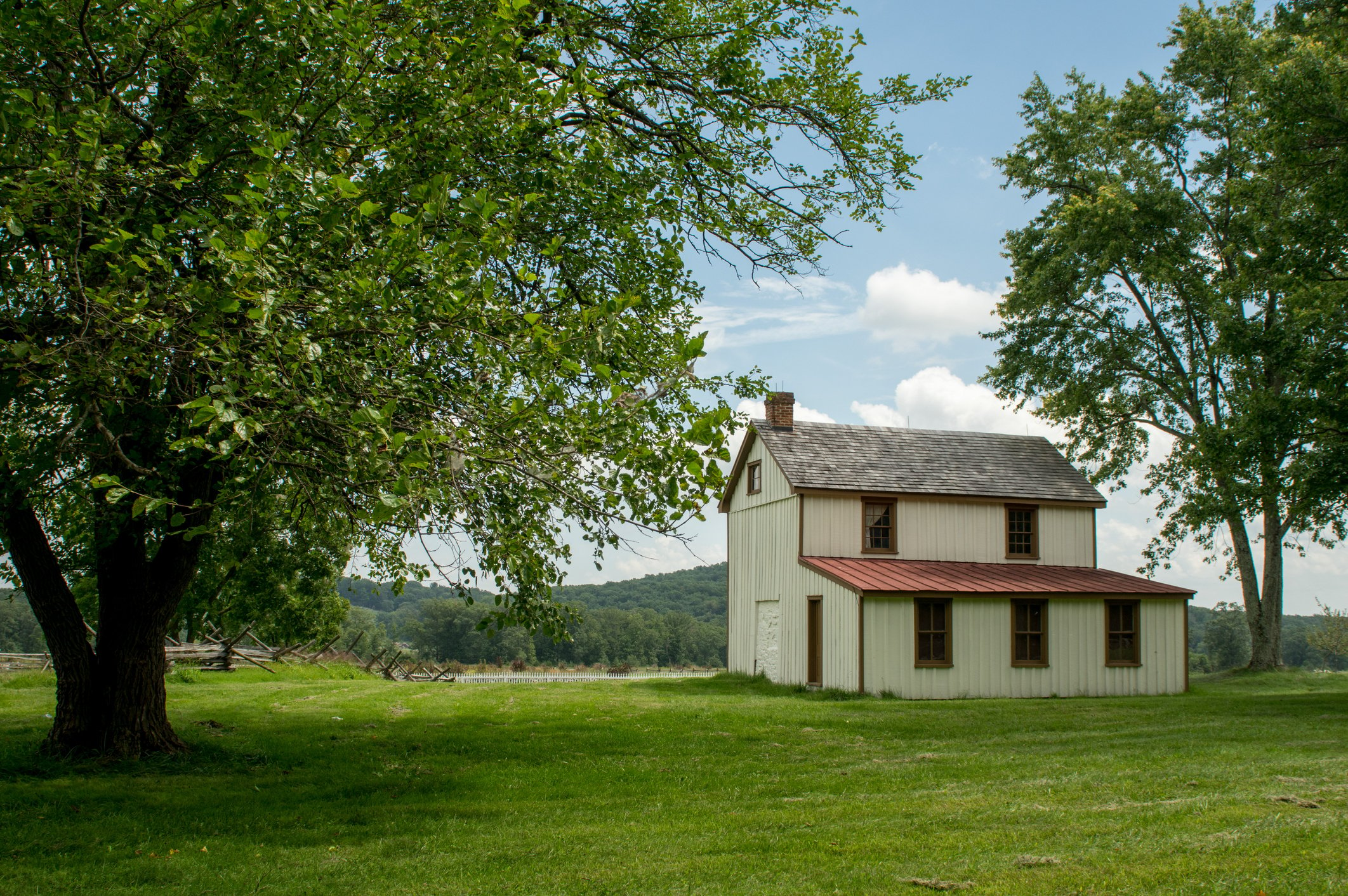Whether you’re a hobby farmer dabbling in organic produce or looking to launch a full-scale operation, these government-backed loan and grant programs could give you a boost. We took a look at six opportunities made possible through the USDA Farm Service Agency (FSA) that make sense for family farms and those just starting out in farming.
1. Microloan Program
Microloans were designed to cater to young farmers or startup operations that may not be able to secure traditional funding. Applicants are eligible for up to $50,000, which can be used toward initial startup costs, family living expenses or any other approved expenses. In 2016, the FSA expanded its microloan program to aid in the purchase of farmland, buildings, and soil and water conservation improvements.
Take Note: While some farm experience is required for eligibility, the FSA will consider an applicant’s business background as well as any self-driven apprenticeships.
2. Conservation Loan Program
The FSA’s Conservation Loan Program enables access to credit for farmers or ranchers who want to implement conservation practices on their land, but do not have the capital to do so. The guaranteed loan is capped at $1.3 million for eligible farmers or ranchers and can include anything from methods to reduce soil erosion to promoting sustainable and organic agricultural practices. Conservation projects and practices must be approved by the Natural Resource and Conservation Service. Those who do not yet have NRCS approval can work with local NRCS staff to create a conservation plan.
Take Note: While priority is given to smaller farms with less financial stability, larger operations are eligible to apply.
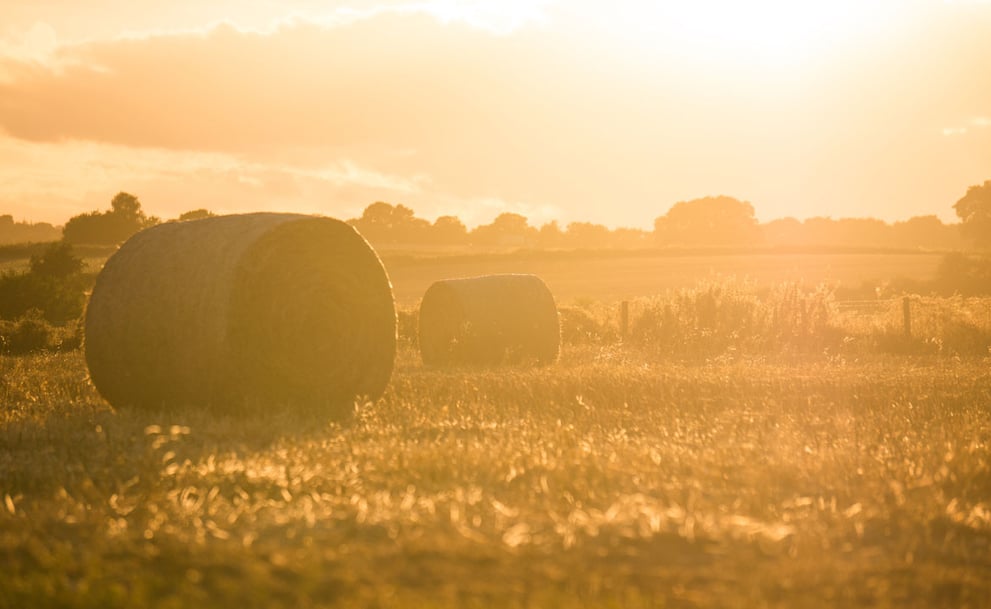
3. Value-Added Producer Grant
Adding value to an agricultural product or commodity means taking the raw materials produced on your farm and increasing its value by transforming it. This can mean making jam from your homegrown strawberries, turning natural resources into energy, or even adding value to your community. Funds can be used for processing costs, marketing and research, or things like inventory and salaries.
Take Note: Grants are awarded annually through a national competition. Contact a Rural Development Office near you for questions or assistance through the application process.
4. Organic Certification Cost Share
Organic certification is an expense that can be beyond the reach of small growers or new family farms, but it may be vital to meet consumer demand for certified organic products. The FSA’s Organic Certification Cost Share helps defray some of the cost of organic certification by reimbursing up to $750 per year for the annual certification.
Visit a USDA county service center or apply through participating state agencies. OCCS is available in all 50 states.
Take Note: The funds are non-competitive, but to qualify, farmers must be certified by a USDA-accredited agent and certified organic under the National Organic Program.
5. Conservation Stewardship Program
Administered through the National Resource Conservation Service, the CSP’s tagline is “Your stewardship goals, our assistance.” It’s an apt description, as CSP is more of a partnership between farmers and ranchers and NRCS.
The NRCS will help farmers develop a plan to meet conservation goals—such as improving developing wildlife habitat, or reducing erosion—and reward conservation efforts with annual incentive payments. “If you want to take it even a step further, CSP also offers bundles where you can select a suite of enhancements to implement and receive an even higher payment rate.”
Voluntary enrollment is open year-round. The NRCS ranks applications and awards contracts through state agencies once a year.
Take Note: CSP is the largest conservation program in the United States, with more than 70 million acres of productive land enrolled in the program since its launch.
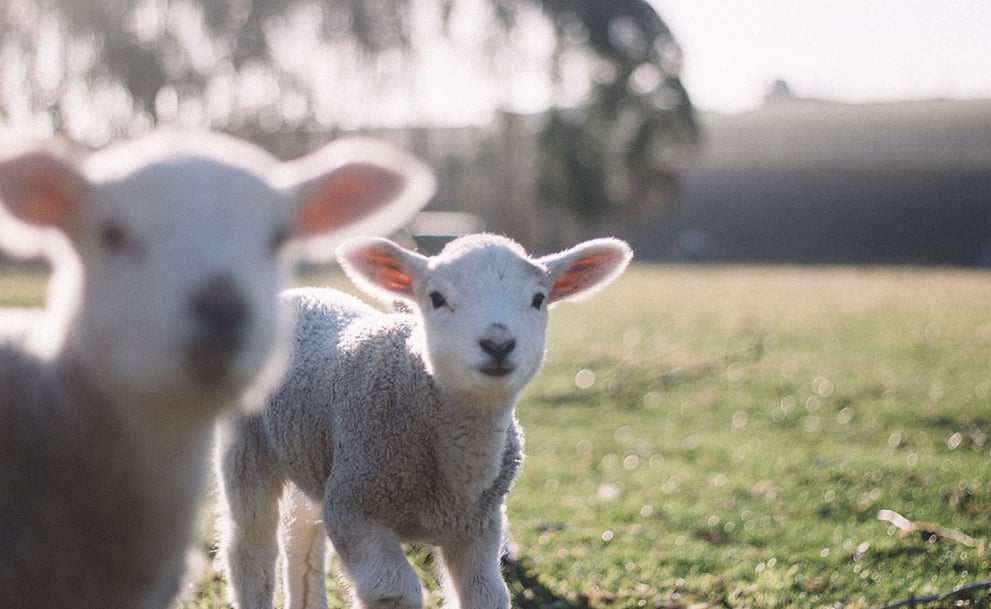
6. Farm Ownership Loan
With no previous farm experience required, a Direct Farm Ownership Loan allows producers to buy farmland, construct buildings, or make farm improvements with a loan up to $300,000. As of July, the FSA has made more than 4,600 DFO loans and portioned out about $845,000 dollars to farmers and ranchers.
7. Farm Operating Loan
Designed to help defray costs of operating a farm or ranch, the FSA’s Farm Operating loan offers eligible applicants direct loans up to $300,000 or a guaranteed loan not to exceed $1.39 million.
“For new agricultural producers, FSA direct farm operating loans provide an essential gateway into agricultural production by financing the cost of operating a farm,” according to the FSA.
Take Note: While all qualifying farmers and ranchers can benefit from FSA funding, programs that fall under the Beginning Farmer title: Farm Ownership, Operating Loans, and Microloans, reserve a portion of funds for historically underserved groups, such as women and minorities, and young or new producers.
Additional Resources
- The USDA website offers a directory of grants and loans, as well as eligibility information. You can also locate application forms through the searchable directory.
- TheNational Sustainable Agriculture Coalition (NSAC) is a non-profit organization that advocates for policy reform and sustainable food systems. The site has put together a comprehensive guide to federal farm and food programs—a helpful resource to learn more about these and other funding options.
- For more information about financing options when buying land for a farm, read Rethink:Rural’s interview with the senior loan officer of a farm credit institution here.


